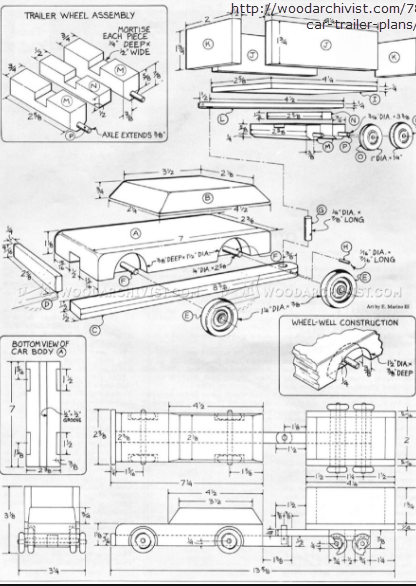Force/Mass Car Stopping STEM Project
Purpose: To apply problem solving skills using the Engineering Design Process
Learning Targets:
I can describe and identify forces that affect motion on Earth.
I can explain and apply examples of Newton’s Laws of Motion.
I can apply balanced and unbalanced forces.
I can work through the design cycle to construct and implement a solution that meets design criteria and constraints.
I can design a solution to a problem involving the motion of two colliding objects.
Prompt: The Pennsylvania Turnpike has reported an increase in cars passing their toll booths without paying. This is costing the Turnpike Commision millions of dollars a year and is preventing them from repairing the roadway and working on other projects. They have asked a number of engineering firms to design a device that will stop a vehicle that doesn’t pay the toll. They will listen to each design firm pitch their final design before choosing which one to purchase and install at all 36 of their toll locations.
There are a number of car stopping devices on the market, however, the PA Turnpike Commision is hoping for a device that will not damage the car or the occupants inside. The last thing they need is a lawsuit by a commuter that forgot their EZ-Pass.
The Job: Design a device to stop a car at a toll booth.
Criteria:
- Cars must be able to pass by safely if they pay the toll.
- It cannot damage the car.
- It must no hurt the occupants of the car.
- It must stop the car.
The Process:
Brainstorm: Each member of the group will sketch a design idea during the 5 minute brainstorm period. Once the period is over groups will discuss what ideas they came up with and choose which design or which features from each design they are going to use.
Design Sketch: The group will then draw a prototype design sketch. This should have labeled parts, measurements, materials, and any other information present so it can be understood by anyone that isn’t in the group. Check out the examples of design plans below to help you understand what these might look like at a professional level.

Prototype Build: As a group, build the prototype, this might be smaller than the final product, however it should be functional enough that the group will know if it’s going to work or the design needs to be improved.
Redesign: Groups go back to the plan and redesign any parts to improve the design
Build: Groups gather their materials and build their device.
Testing: The class will test each device to see if it meets the criteria outlined by the Turnpike Commision.
Design Pitch: Once tested, each group will prepare a presentation to pitch their design to the Turnpike Commission to win the contract.